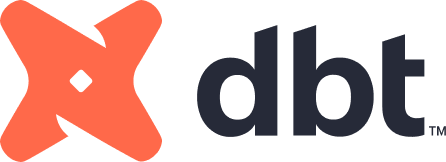Chris Vizes Data visualisation and more
Basic Documentation

Learning Objectives
- Explain why documentation is crucial for analytics.
- Understand the documentation features of dbt.
- Write documentation for models, sources, and columns in .yml files.
- Write documentation in markdown using doc blocks.
- Generate and view documentation in development.
- View and navigate the lineage graph to understand the dependencies between models.
Okay so there are multiple places you can add the documenation information to your project. Sources, models, columns all had ways to add documenation for them. This documentation either lives in the configuration yml file for that object or you can reference to a markdown file within the project.
For example, the model can have a description and the columns can too:
models:
- name: stg_jaffle_shop__customers
description: Staged customer data from our jaffle shop app.
columns:
- name: customer_id
description: The primary key for customers.
tests:
- unique
- not_null
The description can bee a doc reference too:
models:
- name: stg_jaffle_shop__orders
description: Staged order data from our jaffle shop app.
columns:
- name: order_id
description: Primary key for orders.
tests:
- unique
- not_null
- name: status
description: {{ doc('order_status') }}
tests:
- accepted_values:
values:
- completed
- shipped
- returned
- placed
- return_pending
The doc reference is referencing a docs object inside a markdown file in the project. To reference it you use the object name (you don’t need to know the file path to the markdown). E.g. ‘order status’ is the docs name within the markdown file:
{% docs order_status %}
One of the following values:
| status | definition |
| -------------- | ------------------------------------------------ |
| placed | Order placed, not yet shipped |
| shipped | Order has been shipped, not yet been delivered |
| completed | Order has been received by customers |
| return pending | Customer indicated they want to return this item |
| returned | Item has been returned |
{% enddocs %}
Building the documentation
So you’ve added all the information to the objects within you project, now you can build the documenation using:
dbt docs generate
This creates a documenation interface you can now access (if it runs successfully) using the button up here:
